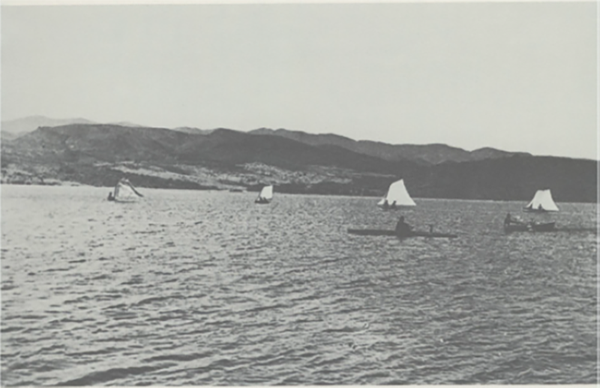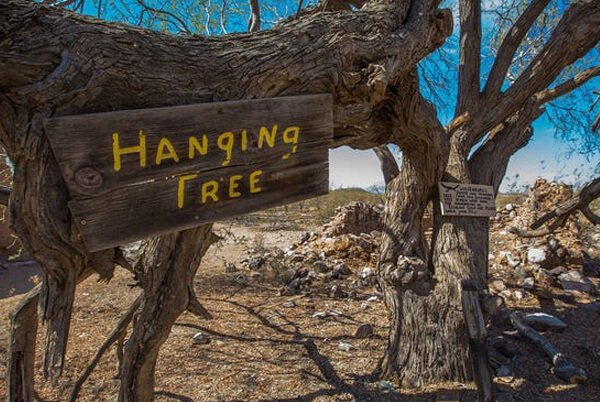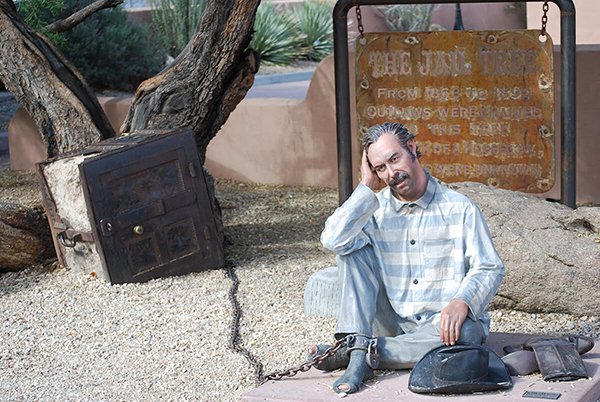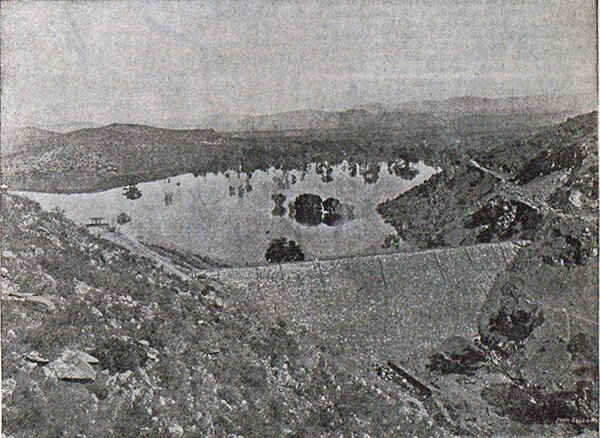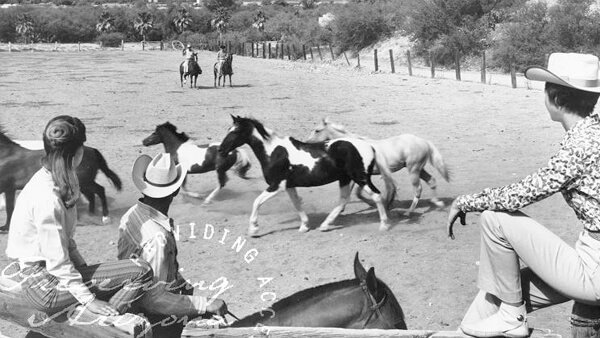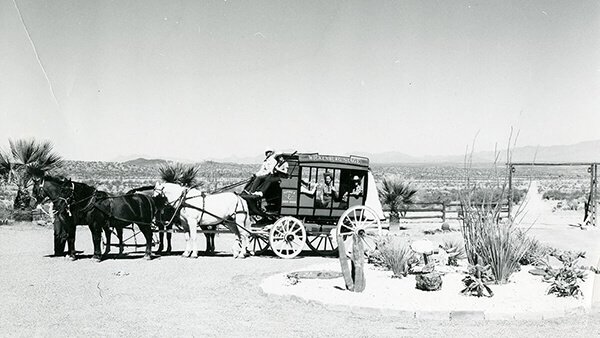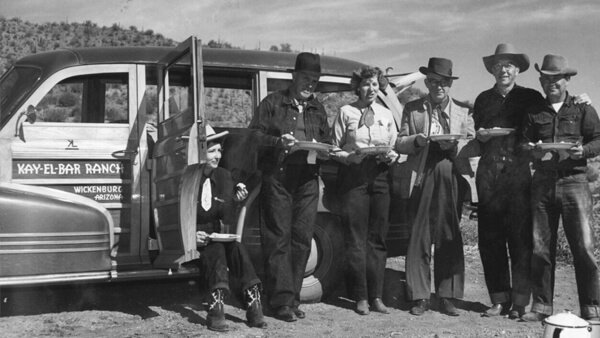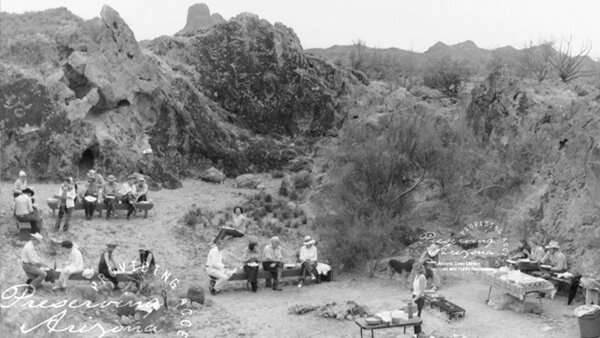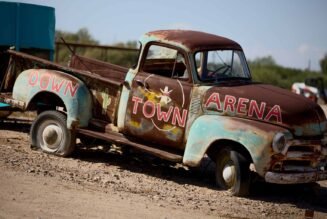Just an hour west of Phoenix, hiding in plain sight amongst the foothills and alongside the Hassayampa River, you will find a most special town. The town of Wickenburg.
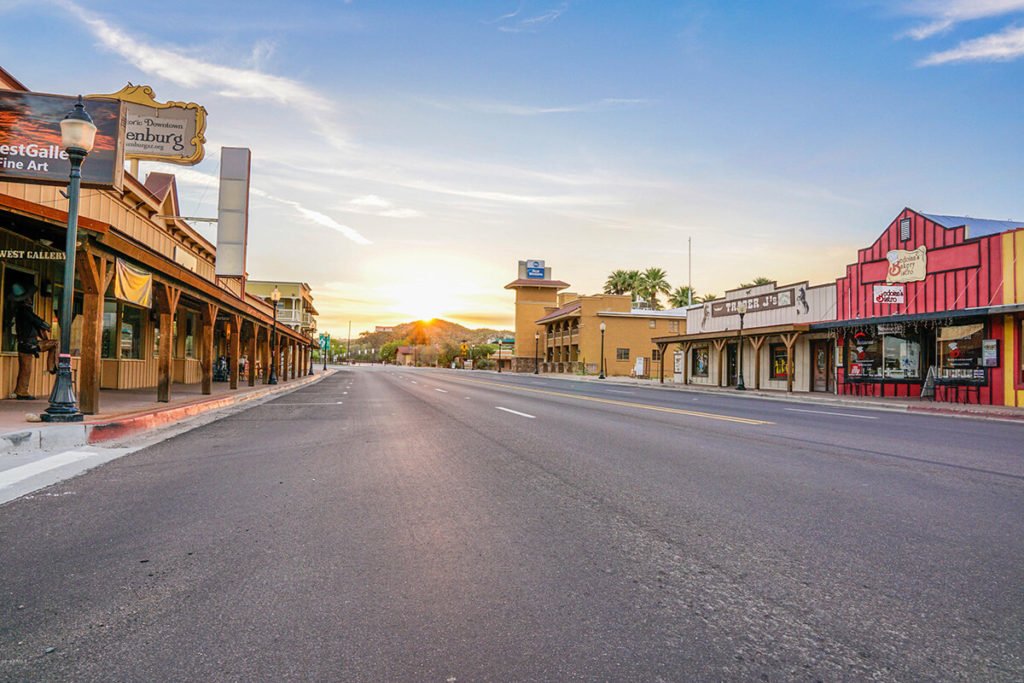
A BRIEF HISTORY LESSON
Wickenburg was one of the original gold mining towns of Arizona, at times a bustling boom town. Gold was discovered in the nearby hills in 1863, courtesy of a Prussian immigrant by the name of Henry Wickenburg.
The resulting ‘Vulture Mine’ is credited with founding the nearby towns of Vulture City and Wickenburg, both rough mining camps, known for the lawlessness associated with the American Wild West.
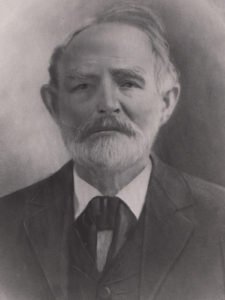
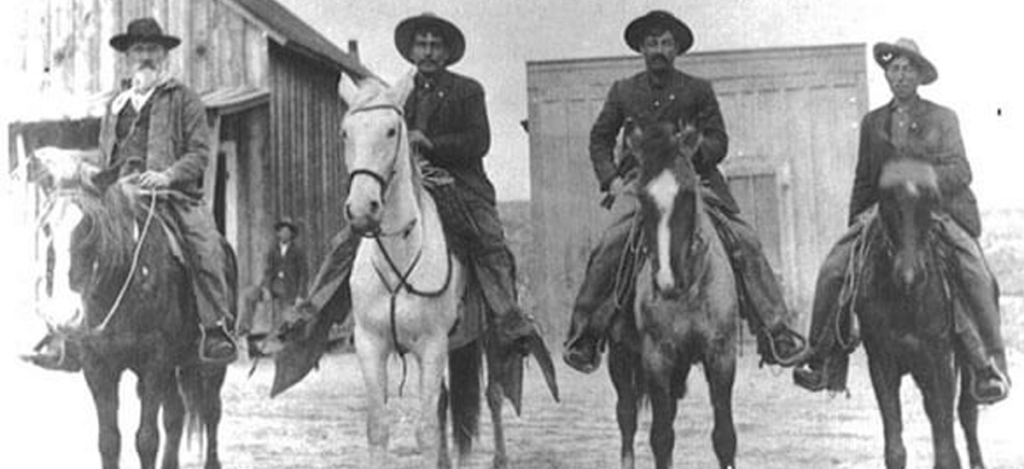
At the time, there was no Phoenix, no Flagstaff, or Prescott. Most of the population was Mexican and most were in Tucson AZ. Indian tribes were abundant with the notorious Apaches creating the most fear. Roads were basically nonexistent.
The town of Wickenburg grew and developed when mill sites were established along the river to process the ore from Vulture Mine. Desert trees were cut down for miles around the area, leaving the desert bare save the stoic Saguaro cactus and rocky outcroppings. Sites moved as the wood supply used to produce steam energy was depleted. Wood and supplies were hauled by freighter while large mining equipment was floated up the Colorado to La Paz and then hauled some 150 miles overland to the Vulture. Wickenburg became the business and supply center of the area. The boomtown of Wickenburg grew so big so fast that it came within a few votes of being named the territorial capital of Arizona in 1866.
Between 1865 and 1880 crime was on the rampage across the territory – Arizona was not a state yet, that would only be in 1912 when Arizona would become the 48th State of the Union). The formidable wealth of the mine and boom towns, Vulture and Wickenburg, triggered an epidemic of thieving, swindling, bank robberies and stage holdups. A number of Wells Fargo stagecoach drivers were murdered by thieves for the gold they were carrying. The most infamous of these holdups being ‘The Wickenburg Massacre’.
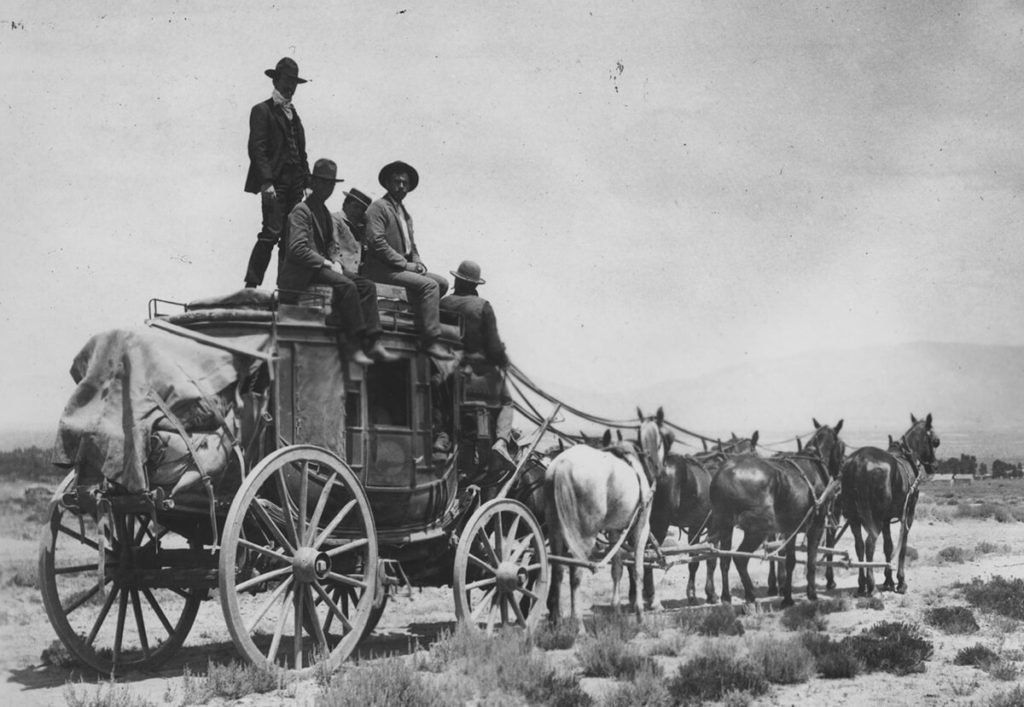
Back then, Wickenburg was a vigilante town – no Lawmen were employed for years by the mine or the town. There were two hanging trees, one at Vulture and another in town known as the ‘Wickenburg Hanging Tree’ where nearly two dozen miners convicted of “high grading” (swiping especially rich chunks of ore) met their deaths.
Although it had plenty of saloons, the town didn’t have a proper jail. Instead, the accused were chained to a large mesquite tree known as the Wickenburg Jail Tree. As the story goes, drunks and criminals who were apprehended in Wickenburg between 1863 to 1890 were shackled to the tree. The prisoners would then be left out under the extreme elements until their hanging, or a proper lawman could come down from Phoenix to collect them. According to the sign that now stands on the site, there were no escapes.
In 1890 during a week long rain storm, the Walnut Creek Dam burst, destroying most of downtown Wickenburg. When the dam showed signs of failure a messenger was sent to warn folks downstream, unfortunately he was a notorious drunk named Dan Burke. Dan stopped off at a saloon, got drunk on whiskey and failed to warn anyone! The 40ft high flood wave killed some 150 souls that day, destroyed homes, farms & mines downstream for miles.
Throughout it all, Wickenburg persevered, the people of the town never giving up or giving in & the town continued to grow. Wickenburg enjoyed a robust farming and ranching industry due to the fertile soil provided by the Hassayampa River floodplain. It’s prosperity was secured with the arrival of the railroad in 1895. The railroad did more than establish Wickenburg on the map and bring new work to the area. It also began to bring tourists – and the tourists brought a shift in the culture and growth of Wickenburg.
Wide open spaces of the pristine desert, clean air & crystal-clear starry nights made Wickenburg the perfect environment for the classic Dude Ranch. The Bar FX Ranch became the first true guest ranch in 1923, followed by the Remuda, Kay El Bar, Rancho de los Caballeros, and Flying E ranches, just to mention a few. The construction of the Phoenix to California highway (Highway 60) brought even more tourists, making Wickenburg the ‘Dude Ranch Capital of the World’.
During WWII the Wickenburg community became a vital contributor to America’s patriotic war effort. The U.S. Army trained thousands of men to fly gliders at a newly constructed airfield west of Wickenburg. After the war, the airfield continued to serve as storage for a large number of surplus airplanes until it’s closure in the mid 40’s

History will remember the founders of Wickenburg as prospectors & miners, ranchers, farmers, and homesteaders that continued to grow Wickenburg. But, not to forget, that for centuries, the indigenous western Yavapai (or Tolkapaya as they called themselves), made the banks of this oasis their home, irrigating their crops of corn, beans, squash, and tobacco with river water. They named this place Haseyamo, “following the water as far as it goes,” from which the word Hassayampa derived.
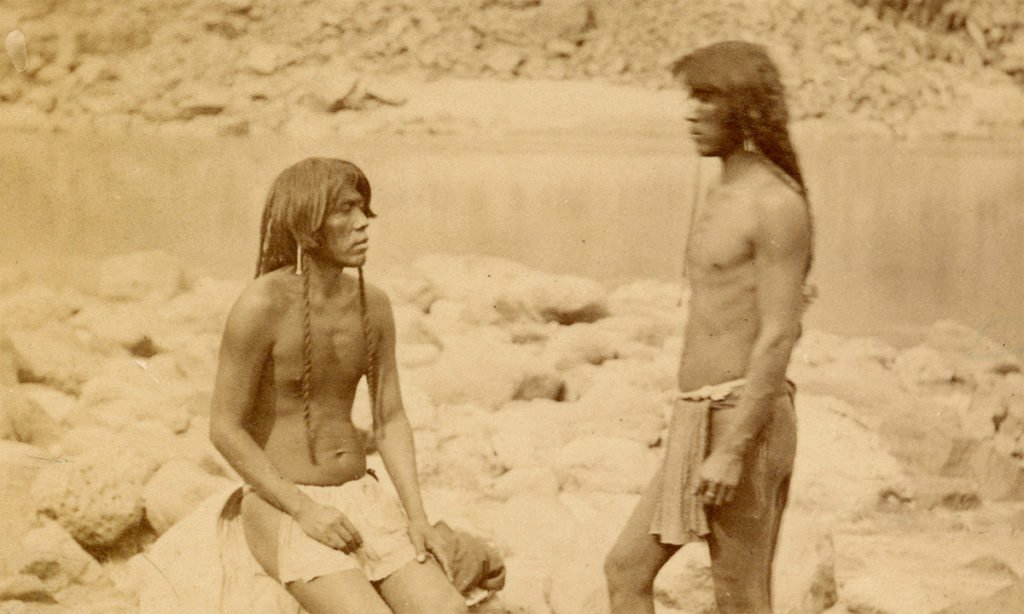
PRESENT DAY
Although today’s residents enjoy all of the modern conveniences of a larger city, the deeply rooted western ambience and rich history still thrive today. Wickenburg’s historic downtown district honors its past while still keeping up with the times. Stroll past historic buildings, pop into museums & art galleries – visit stylish western themed boutiques & dine on award winning BBQ or Mexican Faire… all while your electric car is hitched to a Tesla Supercharger station.
World class golfing, spas & retreats are found in and around the area. Wickenburg has a new national identity for treatment facilities for drug, alcohol, sex and other addictions. The Meadows has hosted well known patients, including Tiger Woods, Harvey Weinstein and Whitney Houston, according to published reports.
Lake Pleasant is a short drive away and offers year round boating, fishing and adventure. RV Hookups, Hiking, Biking, ATV and Offroad destinations attract tourists and locals alike, year round.
Wickenburg is also home to a state of the art medical facility. Wickenburg Community Hospital is federally designated as a Critical Access Hospital and state designated as a Level IV Trauma Center – includes a surgical and diagnostic center, a newly updated ER and the Air Evac 17 Helicopter ambulance.
Wickenburg has a year round population nearing 9000 (per 2020 census) During the Winter months, that number inflates exponentially due to ‘Snowbirds’ that invade the area every year from snowbound states, to take advantage of the mild Arizona winter temperatures. Winter homes, RV resorts and many hotels & motels fill up from October/November until May/June.
Adding to that… ‘Ropers’ also show up in great number as Wickenburg holds the title of ‘Team Roping Capital Of The World’. From November thru March the Best of the Best will pass thru Wickenburg to try their luck at one of the many competitions and even the NTR National Finals happening in and around the area.
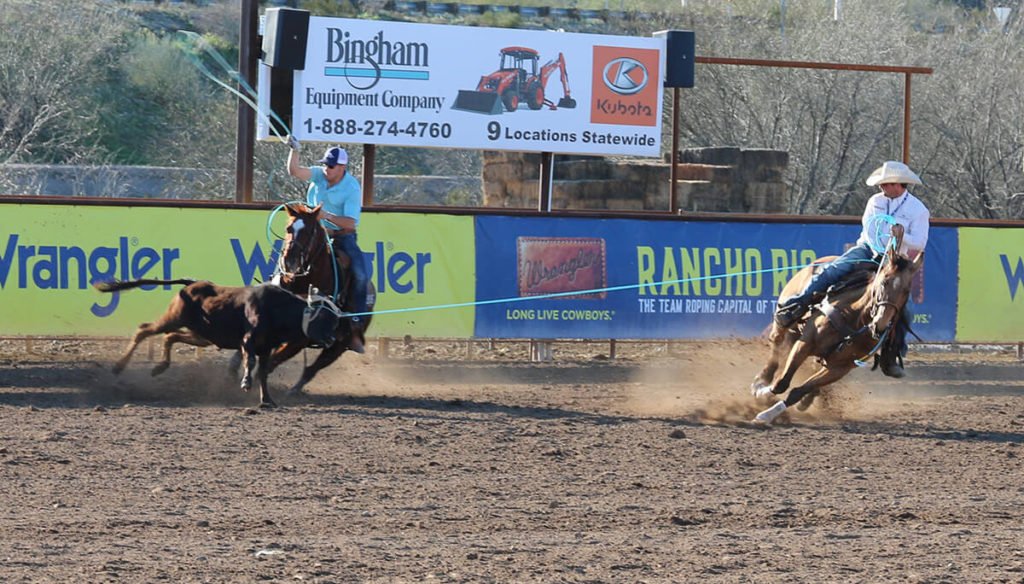
A trip to Wickenburg Ranch is a must. Originally a dude ranch owned by famed entertainer, Merv Griffin, Wickenburg Ranch boasts a history as rich and colorful as the surrounding mountain terrain. Play a world-class round of golf at Big Wick, lounge poolside or saddle up to the stunning bar at The Watering Hole. Experience Jake’s Spoon, the stylish eatery, serving up modern Arizona roadhouse cuisine, cold drinks, and good times. If ‘The Ranch’ feels like a good fit, you can actually purchase a custom home within the gated community and make it a permanent thing!

Highway 60 & Route 98 is the only direct route to Las Vegas from the greater Phoenix area. Wickenburg is a convenient break for travelers looking for a quick bite as they head toward Vegas or likewise a cup of coffee for the last leg of the trip home.


